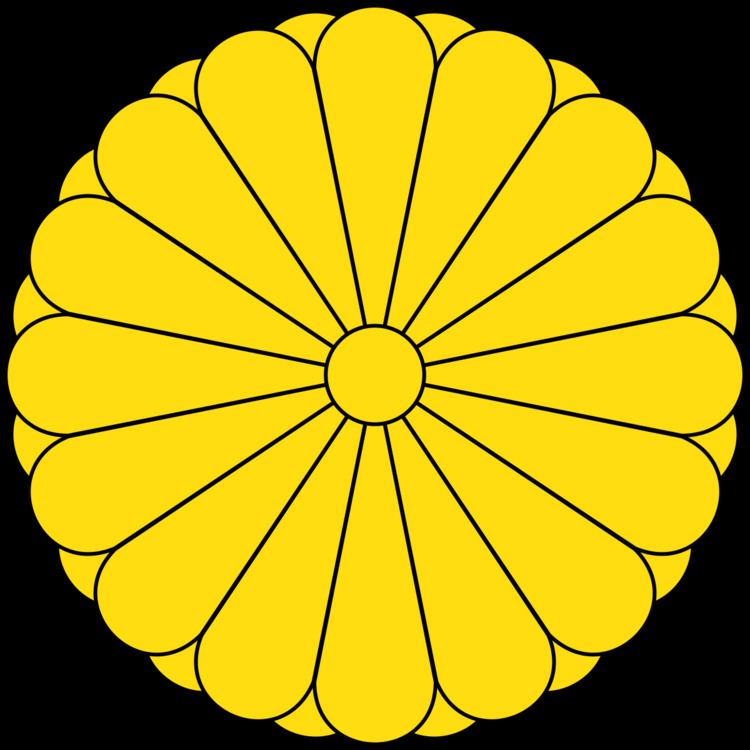Reign 969–984 Predecessor Reizei Name Emperor En\'yu | Coronation 969 | |
 | ||
Born March 2, 959Heian Kyo (Kyoto) ( 959-03-02 ) Died March 1, 991(991-03-01) (aged 31)Heian Kyo (Kyoto) Burial Nochi no Mukarami no misasagi (Kyoto) | ||
Emperor En'yū (円融天皇, En'yū-tennō, 12 April 959 – 1 March 991) was the 64th emperor of Japan, according to the traditional order of succession.
Contents

En'yū's reign spanned the years from 969 through 984.
Traditional narrative
Before his ascension to the Chrysanthemum Throne, his personal name (imina) was Morihira-shinnō.
Morihira-shinnō was the fifth son of Emperor Murakami by the empress consort Anshi, the daughter of Fujiwara no Morosuke, therefore the brother of Emperor Reizei.
In 967, Morihira-shinnō was appointed as the crown prince, bypassing his elder brother by the same mother, since his brother had no support from the Fujiwara clan.
En'yū had five Empresses or Imperial consorts and one Imperial son.
Events of En'yū's life
In his reign there were a severe struggle between the Fujiwara clan over who would be appointed kampaku. Emperor En'yū followed his mother's advice and favored Fujiwara no Kanemichi, his maternal uncle. He had only one son, later the emperor Emperor Ichijō by Senshi, a daughter of his uncle Fujiwara no Kaneie, who was another brother of his mother. He made the daughter of Kanemichi the empress consort, though she bore no children. Senshi and her father Kaneie were angry at this elevation of their rival and were absent from the court for a long time, staying at the mansion of Kaneie with the child.
Imperial processions to the Hachiman and Hirano Shrines were first made during the reign of Emperor En'yū.
The actual site of En'yū's grave is known. This emperor is traditionally venerated at a memorial Shinto shrine (misasagi) at Kyoto.
The Imperial Household Agency designates this location as En'yū's mausoleum. It is formally named Nochi no Mukarami no misasagi.
Kugyō
Kugyō (公卿) is a collective term for the very few most powerful men attached to the court of the Emperor of Japan in pre-Meiji eras.
In general, this elite group included only three to four men at a time. These were hereditary courtiers whose experience and background have brought them to the pinnacle of a life's career. During En'yū's reign, this apex of the Daijō-kan included:
Eras of En'yū's reign
The years of En'yū's reign are more specifically identified by more than one era name or nengō.
Consorts and Children
Empress: Fujiwara no Kōshi (藤原媓子) (947–979), daughter of Fujiwara no Kanemichi (藤原兼通)
Empress: Fujiwara no Junshi/Nobuko (藤原遵子) (957–1017), daughter of Fujiwara no Yoritada (藤原頼忠)
Nyōgo: Imperial Princess Sonshi (尊子内親王) (966–985), daughter of Emperor Reizei
Nyōgo(Kōtaigō): Fujiwara no Senshi (藤原詮子) (962–1002), daughter of Fujiwara no Kaneie (藤原兼家); later, Nyoin (女院) 'Higashi-sanjō In' (東三条院)
